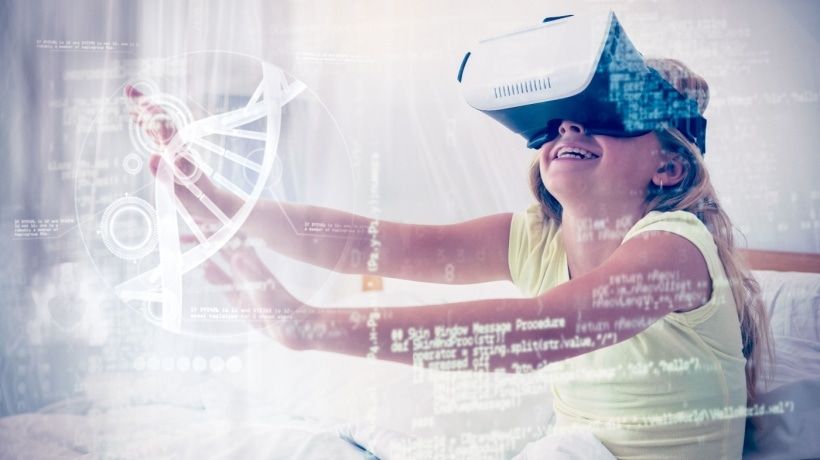
"Researchers found that learners using VR and AR technologies retain more information and maintain greater focus due to their active engagement in the learning process."
"Virtual Reality immerses students in fully digital environments, while Augmented Reality overlays digital content onto the real world, enhancing educational experiences."
"The use of VR and AR in education allows for personalized learning, creating safe and engaging spaces for activities such as virtual field trips and simulated experiments."
"By actively exploring and interacting with content in real time, learners significantly enhance their comprehension and retention of new information."
Virtual Reality (VR) and Augmented Reality (AR) are revolutionizing eLearning by providing immersive and interactive experiences that enhance learning retention and focus. Unlike traditional methods like slideshows, which can disengage learners, these technologies involve students in active exploration and decision-making within digital or augmented environments. VR transports users to entirely virtual worlds, while AR layers digital content onto the real world. This interactive nature empowers personalized, hands-on learning experiences, such as virtual field trips and safe simulations. Educators and designers are increasingly adopting these methods to create engaging, effective learning environments for modern students.
Read at eLearning Industry
Unable to calculate read time
Collection
[
|
...
]